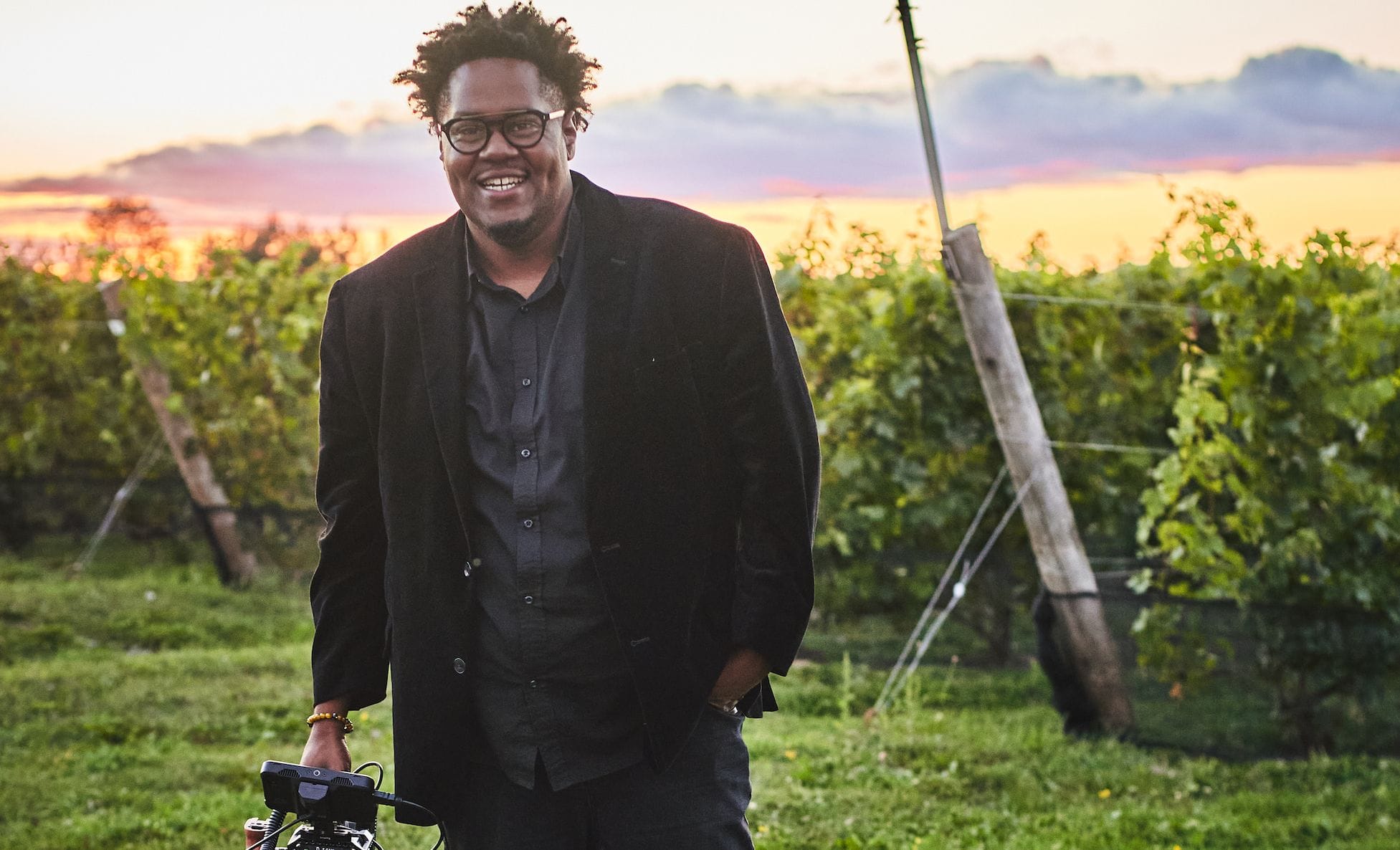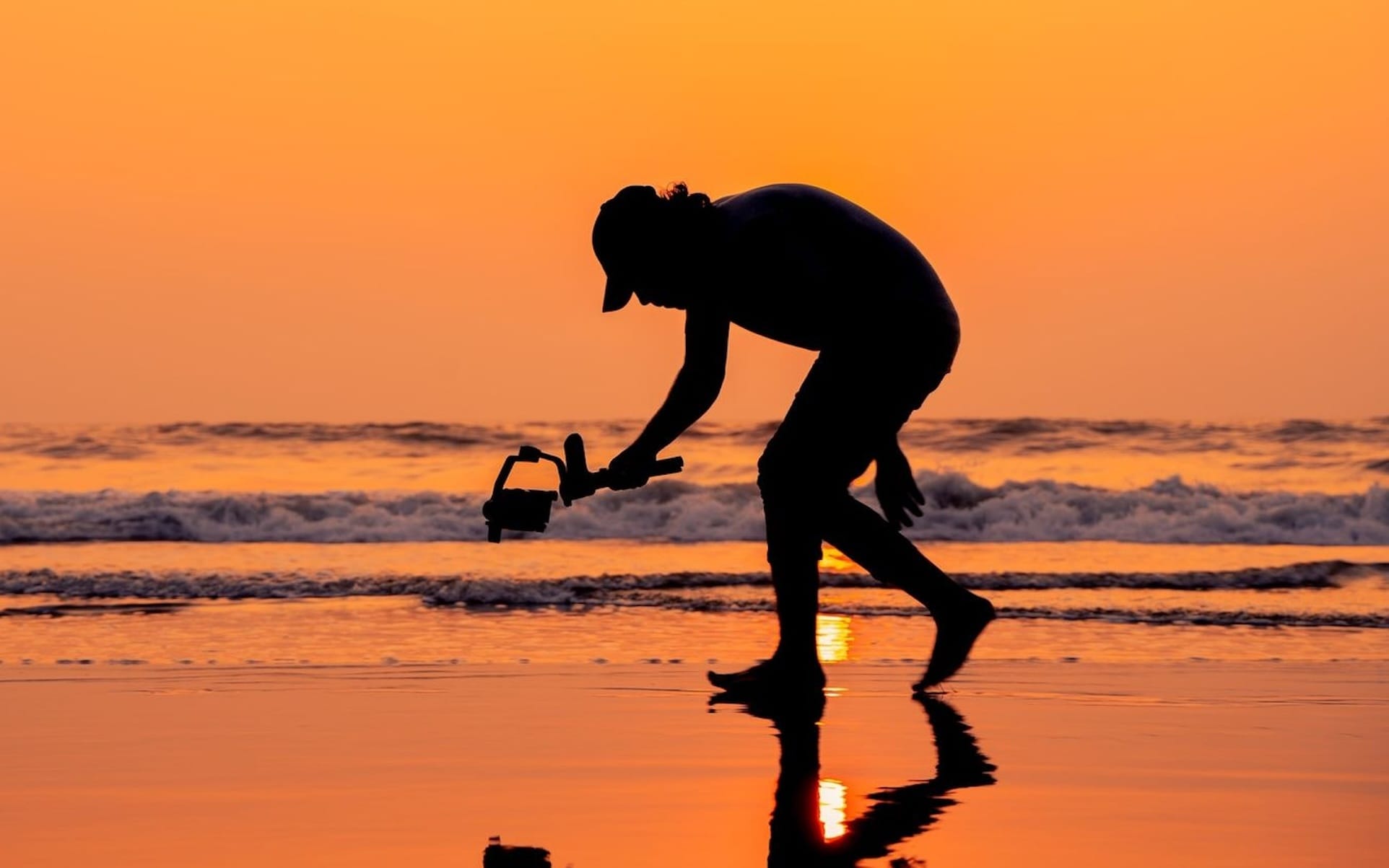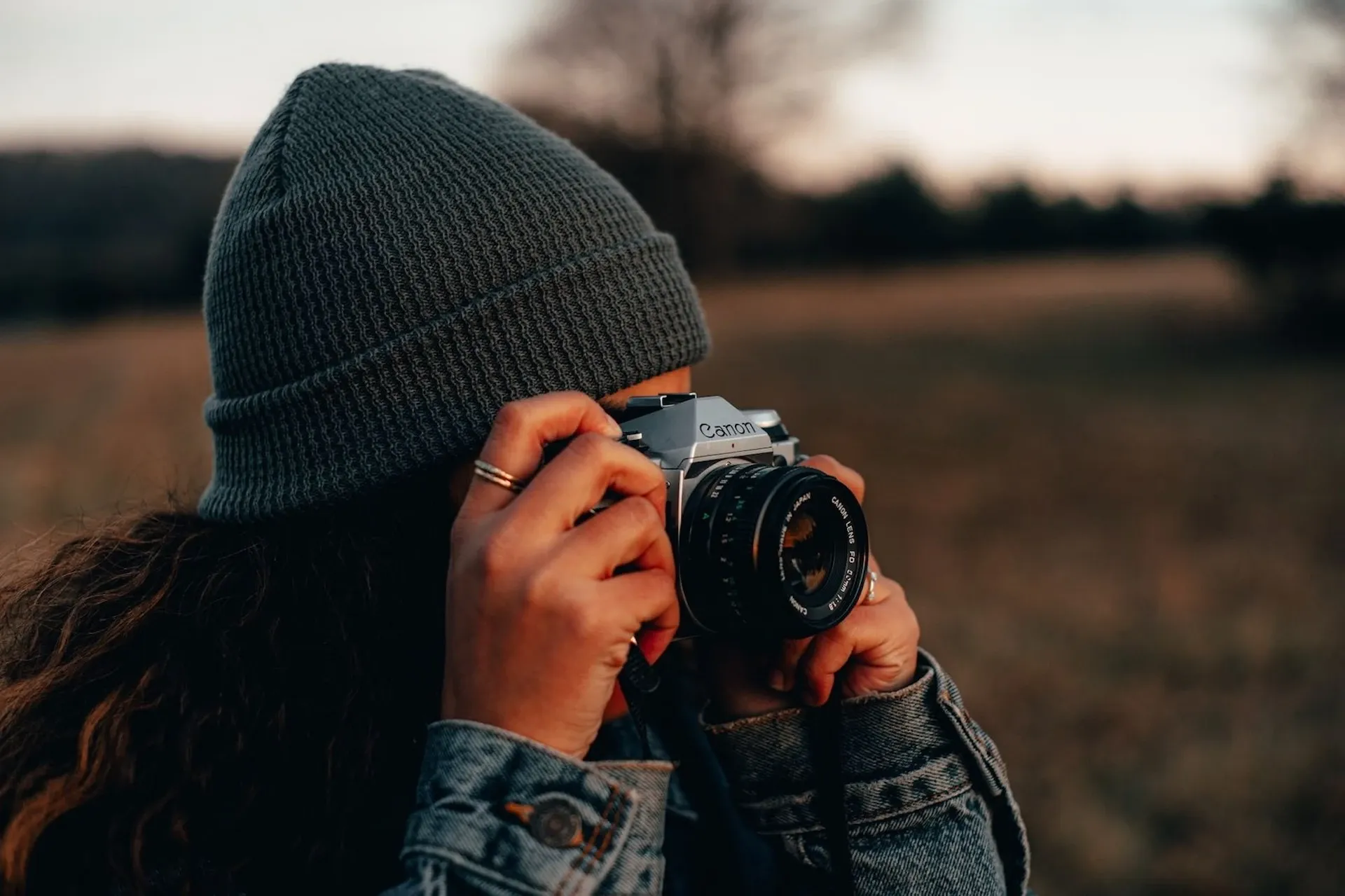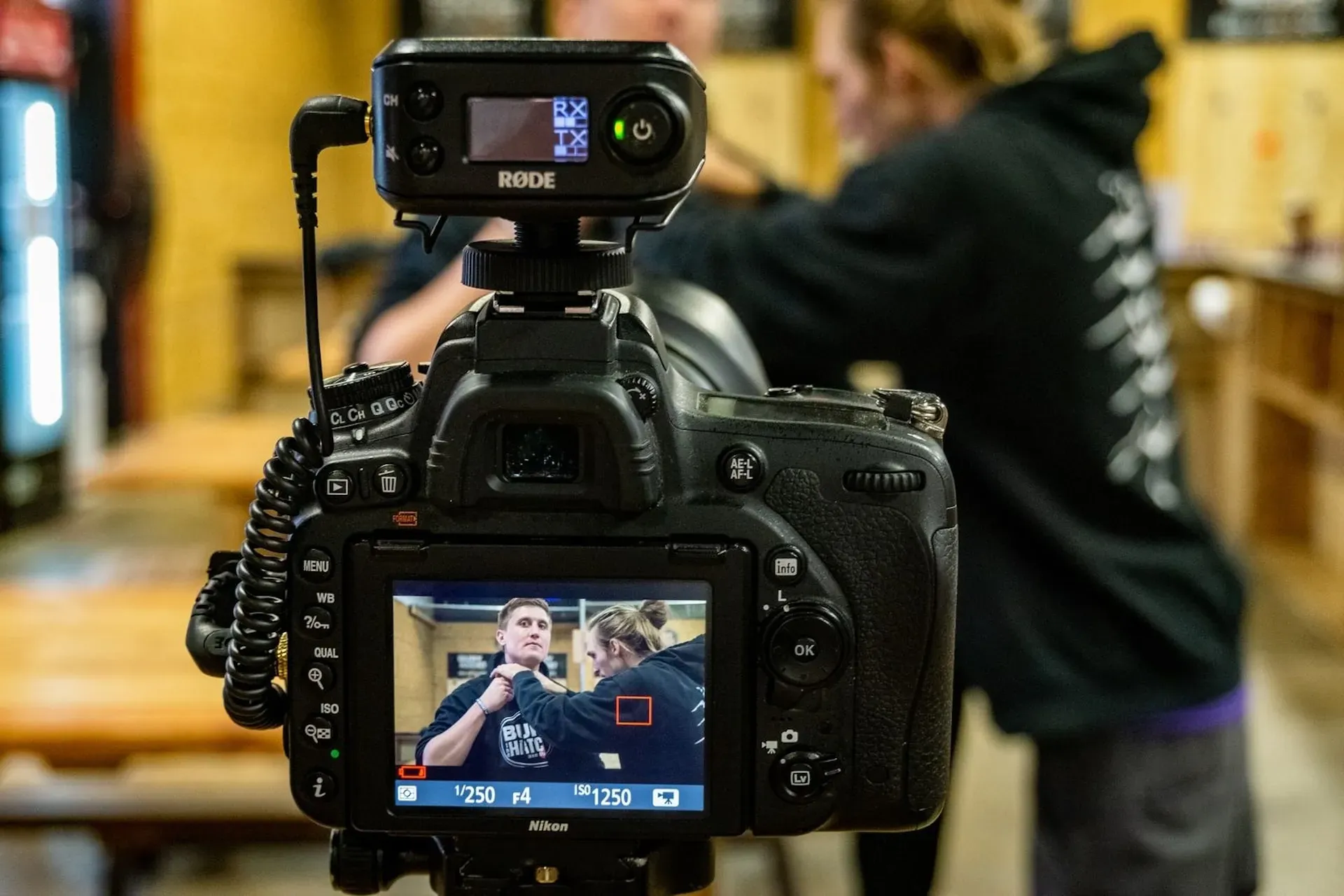How to create evergreen content
Being able to create content that continues to provide value as time passes is a secret weapon for any creative. But how do you go about doing that? Storyteller Tristan Barrocks explains what evergreen content is, why it’s invaluable and how to create it.

Being able to create content that continues to provide value as time passes is a secret weapon for any creative. But how do you go about doing that? Storyteller Tristan Barrocks explains what evergreen content is, why it’s invaluable and how to create it.
It’s 6:30 in the morning, and you jump out of bed. What’s the first thing that comes to your mind? You’re brushing your teeth, thinking about what you’re going to wear, and perhaps you’re trying to justify a double order of bacon and eggs for breakfast. The day seems like it’s getting off to a great start. It’s in that moment you realize, like Kevin’s mom in Home Alone, that you’ve forgotten the most obvious thing... Content! What should I post? There’s so much to do and so little time. You have no new content, and you’re all tapped out of ideas. Panic mode.
In this blog post, I’ll break down my simple system to keep your content fresh and evergreen for all your social media platforms.

Evergreen content… Wait what, what's that?
Before we take a deep dive into creating, managing, and producing evergreen content, we first have to deconstruct some misnomers about what it is. When many people hear the term “evergreen content,” they may feel like it’s just a nice way of saying that we are using old content because we are too lazy to create new stuff. The opposite is actually true.
You see, when we share our beloved, hand-crafted masterpieces we call content, only about 10% of our audience actually sees our posts. 10%, that’s absolutely crazy when you think about how much time and effort we put into creating the content, finding the right time to post, then adding the perfect hashtags stoke the ever so fragile ego of the dreaded “ALGORITHM.” You may think, “Well, who cares? That’s still a couple of hundred people, Tristan!”
Let’s do some math; if you have 1000 followers on Instagram, that means your posts will only be seen by 100 of those people. Out of those people, maybe 50 people like or comment. That still leaves 900 other potential people who have not even seen the content. This is why repurposing your gently used content is essential. Even if you don’t remember anything, please remember one thing: evergreen content is not designed for your core fans; it’s made for millions of other people that don’t even know who you are. In other words, mom, dad, your best friend Tadd, and high school coach will have to endure seeing your content more than once.

What are the benefits of evergreen content?
There are so many benefits to reusing your old posts, videos, blogs, or tweets. Here are just a few:
- It allows you to use content that has already been proven: Often, the hardest thing to understand about content creation is the algorithm. With older posts, we can look at the data to see what worked and why. From there, we can either create brand new content or, better yet, reuse the content we already have in a format that is already getting us great engagement.
- Amazing stories live longer: There is nothing more frustrating than creating content no one sees. This is particularly true when it comes to passion projects or branded work that you need to get in front of the right people. By reposting content in an evergreen strategy, you guarantee that your stories get seen and shared by more people who love what you are creating.
- It simplifies your workflow: No feeling is better than a simple, straightforward workflow. When you commit to an evergreen approach to your social media strategy, it removes the pressure of having to always create something new. This can be exhausting and lead to burnout.

How to create evergreen content
There are four major parts to creating an evergreen ecosystem. The following breakdown is a good foundation for creating content that can be repurposed for other platforms, seasons, or audiences.
1. The idea: This is the most important stage of the evergreen content process because it requires us to really dig deep to figure out what stories or messes we want to share. Your ideas need to connect to your voice. Your audience doesn’t want to hear your best impression of Gery V; they need to hear, see, and feel you. These are some questions I ask myself when in the ideation stage of content creation.
What do I want you to think?
What do I want you to feel?
What do I want you to believe?
Is this for education or entertainment?
How can I quantify success?
What media format will this idea work best in (video or photo)?
2. The strategy: Now that we have a good idea, what’s the best way to produce it? Should we do a photoshoot, video, or maybe create a blog? I would suggest starting with a medium you love first and going from there. So if you love to do Facebook lives, then prepare content around a live stream that helps people learn how to edit video better. Or write a post about the importance of self-care. Whatever you choose, make sure it’s done in a fun and engaging way.
3. The platform: The platform you initially choose to distribute your content will directly inform how the content will be crafted and displayed. When thinking of a platform to choose, i.e., Facebook, Twitter, Instagram, TikTok, YouTube, or others, make sure you are posting content that utilizes the platform the best. I wouldn’t start with sharing a post on YouTube as it is a video-based platform primarily. Similarly, I would not post a 5-minute video on TikTok because that would not complement their ecosystem. What you could do is post a five-minute video on YouTube, then grab the best part of the video and make the thirty-second trailer. This trailer can use on Twitter or TikTok to gain more views and engagement. Each platform has its strengths, and it’s up to you to leverage them wisely.
4. The evergreen cycle: This is where we hit the evergreen cycle. The evergreen cycle is when we created content to exist on one platform that we then reedited for use on another platform. We did not re-write, re-shoot, re-capture anything. All we are doing is slightly changing the format of the content to suit the needs of other platforms. Here is a little tip. When capturing video or photography, try to “capture” as much media as possible. For instance, if you need to create content for the next two weeks for Instagram, capture three weeks' worth of potential content. This way, you have more media to choose from and to use at a later date. Below are some images of different creative workflows.

How to manage evergreen content
So now that we are evergreen ninjas, we need a way to manage and schedule all of our content. Below is a quick list of great platforms you can use to manage your social media content.
• Dropbox: This is a no-brainer for those of us who are trying to save every penny we have. Dropbox gives us a very economical way to have access to all our content as creators without needing a hard drive or even a computer. The drawn back to this option is that you have to organize and post everything yourself. There are no frills to this option.
• Facebook Pages: Facebook business pages are great because it gives you the flexibility to post your content at a later date. This allows you to set up scheduled posts for any future dates. The drawback to this option is that all your content lives within the Facebook ecosystem.
• Later: Later is one of my favorite social media managers because it provides you with so much flexibility. You can upload, schedule, post, and comment all from the site without ever opening up any social media app. It does require a little more technical knowledge, but it is an amazing asset. Oh, and it is a little my pricey than the other options.
• Hero Post: Hero Post is fairly new to the social management party but is a very good platform for the money. They offer a lifetime subscription for about $200, and this allows users to store, manage, and post to pretty much every platform you can think of.
However you decide, make sure that you leverage the power of great content no matter when it was used. Think of sharing your content like it the most important thing your audience needs to know. Creating evergreen content is not for the 100 people who have already seen it but for the millions who need to experience it for the first time.

Related posts:

